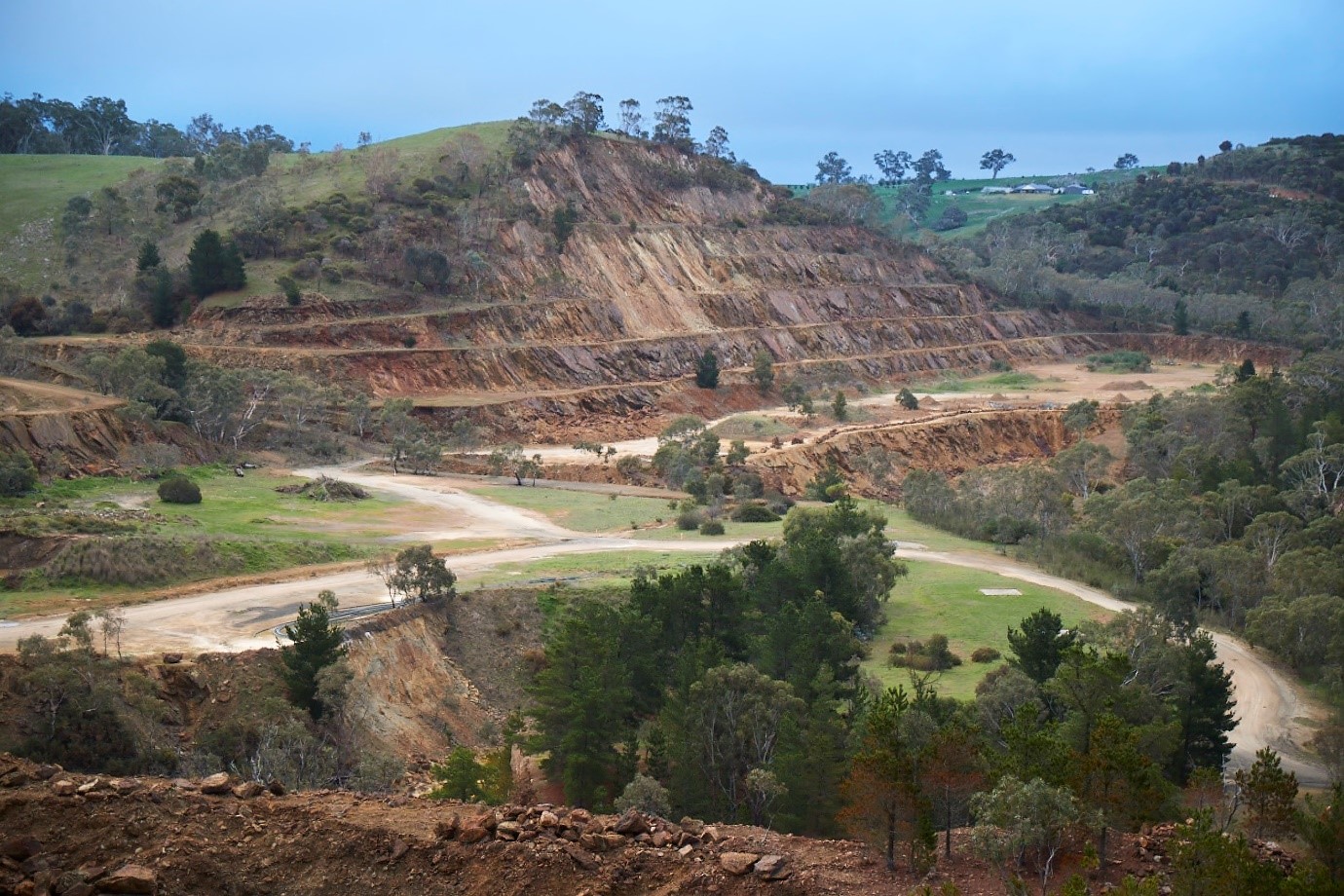Does Working in the Mines Count as Regional Work in Australia?
Understanding whether working in the mines constitutes regional work in Australia is crucial for individuals considering this line of employment, particularly in relation to visa requirements and residency obligations. The phrase “regional work” can carry different meanings depending on the context, and exploring its implications in the mining sector requires a nuanced analysis.
Before delving into the specifics, it’s essential to comprehend the context of regional work in Australia. Under the Australian immigration system, several visa subclasses encourage individuals to live and work in designated regional areas. These initiatives were designed not only to address labor shortages in rural areas but also to stimulate economic development outside congested urban centers.
Thus, does employment in the mining sector inherently qualify as regional work? Let’s dissect this multifaceted topic.
The Definition of Regional Work
Regional work, in the Australian context, typically refers to employment opportunities situated outside major metropolitan regions, such as Sydney, Melbourne, and Brisbane. The governmental framework defines regional areas based on various criteria, including population density and economic contribution. It’s intriguing to note that not every job in the outskirts or rural vicinities qualifies as regional work; the nature of the employment and the location is pivotal.
Mining operations are predominantly located in remote and regional areas; however, the question remains if these positions meet the qualifications for regional work under the relevant visa programs. According to the Department of Home Affairs, specific criteria determine whether a job aligns with regional classifications. Typically, this involves an assessment of labor needs and the ability to attract workers to less populated areas. Mining jobs, by their nature, often do fulfill these conditions, particularly in states like Western Australia and Queensland, which boast vast mineral resources.
The Mining Sector’s Role in Regional Development
Mining operations contribute significantly to the socio-economic fabric of Australia, especially in the context of regional development. The mining sector not only provides direct employment opportunities but also fosters ancillary businesses in support services, indirectly stimulating regional economies. For individuals who are contemplating a career in mining, this dynamic creates a unique landscape to navigate.
Moreover, efforts by the government to incentivize migration to regional Australia are bolstered by the prevailing demand for skilled labor in the mining sector. This nexus between mining employment and regional work has generated a myriad of job opportunities for both domestic and international applicants, opening a pathway that may lead to permanent residency for those engaged in eligible positions.
Visa Implications and Considerations
When considering a job in mining, it’s vital to reflect on the specific visa subclass and eligibility criteria. Various temporary and permanent visa streams, like the Subclass 482 (Temporary Skill Shortage) or Subclass 186 (Employer Nomination Scheme), aim to bridge the labor shortage gap in regional areas. However, compliance with the defined regional requirements is essential for ensuring that the employment qualifies.
It is also important to recognize that while mining jobs in rural locations may initially seem to satisfy regional employment conditions, the nature of the specific mine and employment agreement may influence eligibility. Certain mines may operate under special conditions that do not meet the standard regulatory framework for regional work classifications. Thus, it is prudent for prospective miners to conduct thorough research or seek expert advice to validate that their role complies with immigration requirements.
Conclusion: A Broader Perspective
The inquiry into whether working in the mines counts as regional work in Australia reveals a complex interplay of definitions, government policies, and economic realities. As individuals navigate this terrain, it is imperative to approach it with a sense of curiosity and diligence. Potential workers must equip themselves with knowledge about the regulations governing regional work and remain vigilant in understanding individual mining operations’ nuances.
In conclusion, the mining sector indeed holds the potential to serve as a gateway to regional employment for many. By embracing the unique opportunities and challenges presented in this field, individuals can embark on a rewarding career path while contributing to Australia’s regional growth and prosperity.
You May Also Like
Best Fish to Catch in Australia: A Guide for Anglers
Australia boasts an extraordinary diversity of fish species, making it …
Emily Bay Norfolk Island: A Hidden Gem in the Pacific
Emily Bay, a picturesque enclave nestled on the sun-kissed shores of …
Holidays on August 23: Global Festivities & Observances
August 23 is a date that carries a bouquet of cultural significance …





